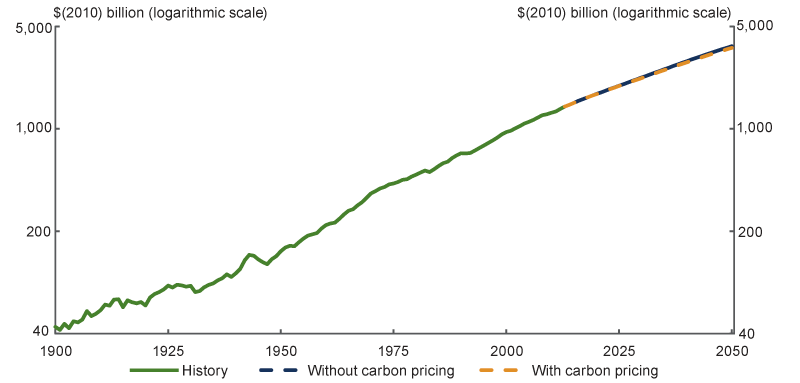Pricing pollution will have a small effect on the Australian economy compared with other structural forces acting on the economy, like the high terms of trade, technological advancement and demographic change.
The changes to the Australian economy from pricing carbon are small by historical standards and small compared to the changes we are already seeing in our economy as it adjusts to accommodate the pressures of Mining Boom Mark II.
The Australian economy has a long history of dynamic economic growth, responding to a variety of domestic and international changes.
Gross national income has risen more than 30 per cent over the past seven years, as the terms of trade have increased by over 50 per cent.
In contrast, pricing carbon will only slightly slow growth in Australian income per person so it is about ½ a per cent below where it would have otherwise been in 2020.
Under all carbon pricing scenarios examined by Treasury, Australians will be much better off in the future than they are today.
Ageing of the Australian population, under unchanged policy settings, would slow average income growth by 0.3 of a percentage point per year, whereas pricing carbon will slow it by less than 0.1 of a percentage point per year.
Our workforce is highly skilled, well educated and flexible. The ability to innovate and adapt has been, and will continue to be, fundamental in transforming our economy.
GDP before and after carbon pricing
